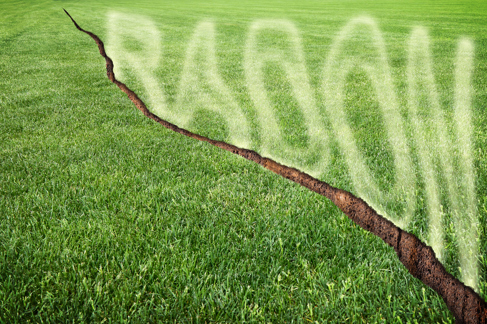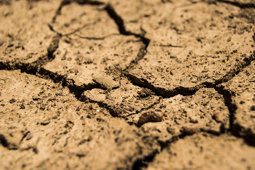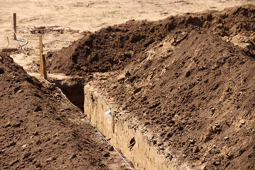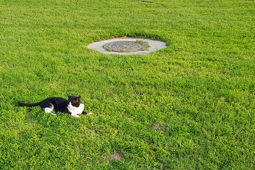
Radon gas and ground gas FAQs
Project type
Sometimes local authorities attach conditions to planning permissions that relate to the installation of ground gas protection measures.
There are also building regulation requirements associated with ground gas protection - details provided in
Our ground gas and radon gas FAQs will help you get to grips with the subject.
What is ground gas?
Ground gas usually refers to carbon dioxide and methane. These are both produced by the breakdown of organic material by micro-organisms.
Where is ground gas found?
Methane and carbon dioxide are often associated with landfill sites. Other sources of these gases can include; backfilled or made ground (ground that consists of a lot of man-made materials) containing biodegradable organic material; wetlands or soils with a high organic content such as peat; inert fills (chemically inactive materials) such as ash or foundry sands; soil gas migrating from a nearby source.
Why is ground gas an issue?
In line with current Government policy to redevelop previously used or brownfield sites, developments are increasingly being located on or close to sites with the potential to emit ground gas. Gas migration from these sites, or exposure to the source due to construction activity, can result in the release of unacceptable or dangerous volumes of gas.
What is radon?
Radon is a naturally occurring radioactive gas which has no colour, smell or taste. It comes from the minute amounts of uranium present in all earth materials such as rock, soils, brick and concrete.
Why is radon an issue?
Radon is known to cause an increased lifetime risk of lung cancer. Units of radioactivity are measured in becquerels (Bqs) and Public Health England (PHE) recommends that radon levels should be reduced in homes where the average is more than 200 becquerels per cubic metre (Bq/m-3).
Where is radon found?
It's more common in areas that sit over granite. This includes the Peak District, Dartmoor, Exmoor and large parts of Cornwall. Find out if it's in your area here: https://www.ukradon.org/information/ukmaps
Why are gas protection measures required in my extension when the main house and neighbouring houses were constructed without any protection?
With the introduction of new legislation and a greater understanding of ground gas risks and improved detection methods, local authorities are requesting gas protection measures for all developments potentially at risk. Your house may have been built without these measures at a time when landfill gas or radon wasn't perceived as a potential risk. Where it's deemed that your home may be at risk from landfill or ground gas, then certain conditions may be imposed by the relevant enforcement authority. You may also find that money lenders and potential purchasers will require similar works. Always seek advice from a specialist as to whether gas protection measures need to be incorporated to protect the original property.
So what are gas protection measures?
Gas protection measures are used to interrupt possible gas migration pathways. Usually these involve ‘passive’ measures, which rely on creating a permeability difference between the property and areas where gas can vent to the atmosphere (such as via a sub-floor void), and using a low permeability barrier within the building.
How much will this cost?
The exact details of the gas protection system to be adopted is your choice but must be suitable for the conditions at the location. You should seek the advice of your architect or agent and, if required, designers of gas protection systems. The cost of a typical membrane has been compared to the cost of a carpet. A membrane alone is not sufficient, and dependent on the choices made by you and your designers, the cost of providing sub-floor venting will vary depending on the original design specification. However, for small sites, the cost of installation is usually significantly less than the cost of a ground gas survey.
Does this mean I have to have a suspended floor?
No, a cast in-situ concrete slab can still be used, but there does need to be a ventilated layer under the slab. There are many ways to do this, with either a proprietary ‘void former’ or a ‘granular blanket’. Your architect or agent will be able to advise. Care must be taken during installation as even a very small (nail-sized) puncture of a membrane can render it useless. Make sure the site is ready for laying it (swept clean etc.) and ensure it's fitted in line with the manufacturer’s instructions. This is vital for it to work properly.
My condition states the measures must match those already existing at the property. How do I know what is already there?
In many instances, information may be contained in the deeds to your property. Alternatively, you should try the planning file from the original development, or contact your builder for further information. With a relatively new property your LABC building control team may have information in their archived records. (Use the search at the top of the page for direct contact details.)
Useful guidance

How will my soil type affect my home renovation project?
Read article
How deep should the foundation be for my new domestic extension?
Read article
What happens if there are sewers and drains under or close to my new extension?
Read article


